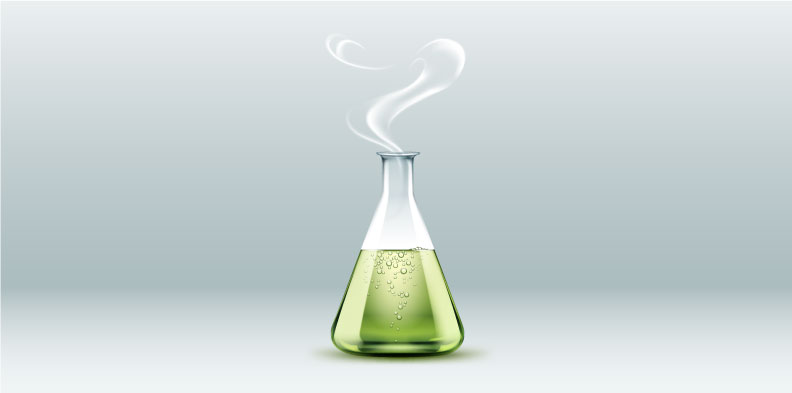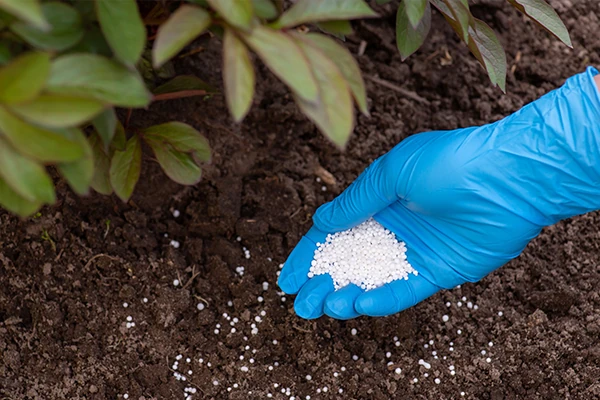Green Ammonia for the India Fertilizer Sector
Susnato LahiriThis article discusses the need and the opportunity of a green ammonia play in the Indian Fertilizer Sector.
March 13, 2023

Ammonia today is largely used a feedstock for fertilizers across the globe thereby supporting 48% of the global population. India consumes close to 21 Million Metric Tons Per Annum (MMTPA) of ammonia as feedstock for making urea and complex fertilizers.
Today ammonia, used in the fertilizer production, is made using the process of steam methane reforming (SMR). Hydrogen is extracted from natural gas and then made to combine with nitrogen from air to produce ammonia. This method is called Haber-Bosch process named after its German inventors Fritz Haber and Carl Bosch.
SMR is a carbon intensive process. Every ton of ammonia produced using SMR and Haber Bosch process produces 1.6 tons of carbon dioxide into the atmosphere.
Towards a less carbon emitting ammonia
The production of ammonia can happen through multiple sources. Conventionally produced ammonia through natural gas using SMR is called ‘brown ammonia’. A new variant called ‘blue ammonia’ entails sequestration of carbon-dioxide that gets emitted in the production of brown ammonia. However, ‘blue ammonia’ sequestration has not seen a commercial success in India thus far. Another new variant ‘green ammonia’ is produced using electrolysis of water combined with Haber Bosch process.
Green, as the name suggests, uses green power (solar, wind, water) to electrolyse water to separate hydrogen. This hydrogen further combines with nitrogen from air to form green ammonia.
The advantage of green ammonia is the fact there is close to zero carbon-dioxide emission into the atmosphere. However the cost of making green ammonia is very high today compared to brown ammonia due to two major cost-components: a) electrolyzer and b) green power.
Storage of hydrogen, separated using electrolysis of water, is also a challenge today leading to disruption of a continuous supply of feedstock to the ammonia plants.
Opportunities Ahead for India
In 2023, India is about 60 MMTPA fertilizer consumption nation. This will grow to about 135 MMTPA by 2050. Share of domestic manufacturing of fertilizers will increase from close to 90% in 2023 to close to 100% by 2050. The concomitant requirement of ammonia will also balloon from 25 MMTPA in 2023 to approx. ~45 MMTPA by 2050.
The demand, therefore, is massive. The opportunity to reduce the carbon-footprint is enormous.
A large part of the fertilizer industry in India today imports ‘brown ammonia’ while the balance is manufactured domestically using natural gas that is made available at a pool subsidised price. Both ways (import or manufacturing) there is a normalized price level that has been established over the past many years depending upon demand and supply. The infrastructure for distributing and storing ammonia is also well established over the years.
Currently, the gap between the normalized prices of ‘green ammonia’ and ‘brown ammonia’ is substantial. This gap needs to be bridged by financing (viability gap funding) to encourage manufacturers to import green ammonia or manufacturing green ammonia by procuring green hydrogen and green power.
There is a strong interest amongst the government, large private conglomerates, global and domestic financers to setup infrastructures to bring down cost of green power and electrolyzer using economies of scale and right technological advancement. Very soon, green hydrogen and green ammonia could become a powerful reality of the 21st century.

